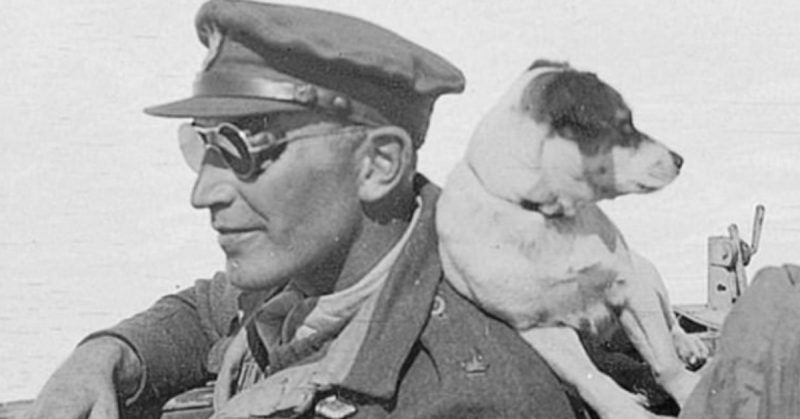The Second World War was a powerful driver for military innovation. New units, technologies, and ways of fighting were developed in the white heat of war. Among these innovations was the Special Air Service (SAS), Britain’s elite fighting force.
A New Kind of Unit
The concept behind the SAS was first developed by Colonel David Stirling. Serving in North Africa in the early days of the war, Stirling had observed the British trying to use commando tactics by deploying thousands of men at once. But this proved problematic since the enemy was able to learn about the raids in advance.
Stirling instead argued for creating a force of around 200 men who could launch covert attacks against high-value targets such as ships and airfields. Working in units of four or five men, they would have the flexibility and stealth to achieve what larger forces couldn’t.
According to legend, Stirling circumvented the chain of command by breaking into British headquarters in Cairo to present his ideas to General Ritchie the Deputy Chief of the General Staff of the British Middle East Command. The proposal was greeted with enthusiasm from Ritchie and then by his superior, General Auchinleck. Stirling was then granted permission to recruit his new unit.
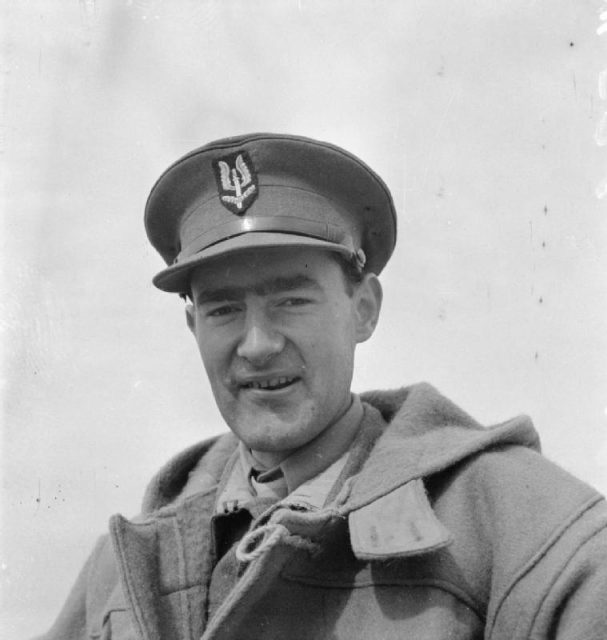
It was July 1941, and the SAS was about to be formed.
Recruitment and Training
Stirling’s vision was for a unit that functioned differently from the regular army. The men would be organized and motivated by self-discipline rather than externally imposed authority. Furthermore, they would work outside the regular chain of command to ensure secrecy around their missions and they would not be diverted to mundane tasks.
The initial pool of seven officers and 60 men were carefully chosen. Anyone who couldn’t cope with the strenuous physical training program or who didn’t meet Stirling’s high standards of discipline faced a being sent back to their previous post.
Each SAS patrol member was trained in skills ranging from demolition, parachuting, navigation, and use of various weapons. Each also had their own specialist skill, making the whole greater than the sum of its parts.
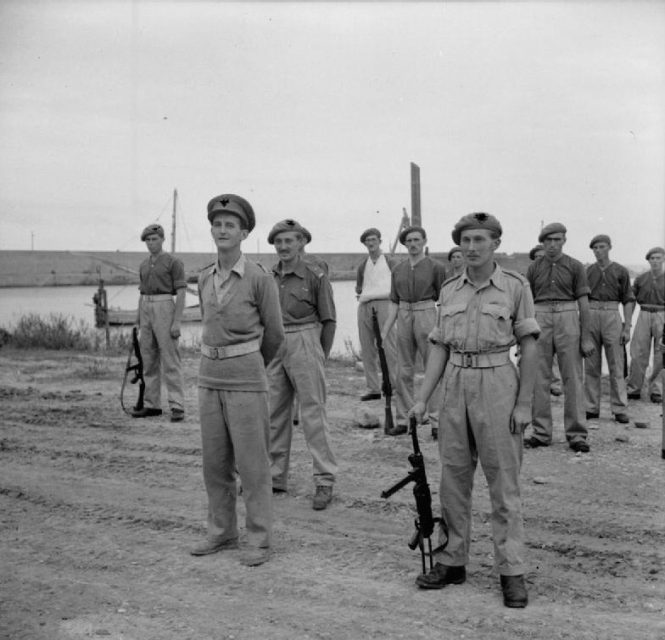
A Rocky Start
On November 16, 1941, the SAS launched its first independent operation.
Seven officers and 57 men parachuted onto five Axis airfields in North Africa. Their aim was to destroy and damage the planes and facilities there and provide the British with an advantage in the air.
The operation was a disaster. Strong winds scattered the parachutists across the desert and many were lost to the arid, unforgiving sands. Only one group reached its target and all of its members were killed. Of the 64 men who left on the mission, only 22 came back alive.
It could have been a huge setback for the SAS, but fortunately, Stirling’s superiors had faith in the unit. The SAS survived its disastrous start but it then took a different approach.
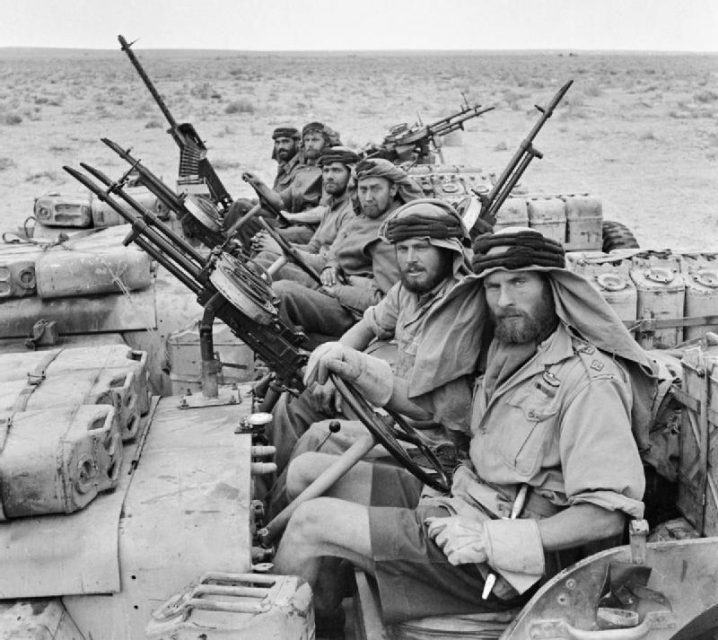
Desert Action
The SAS were now to take a different method to reach their targets. Parachutes were abandoned in favor of driving across the desert.
For their next operation, the SAS were transported into Libya by another band of raiders, the Long Range Desert Group. They struck three airfields and destroyed 60 enemy planes, losing only two men in the process.
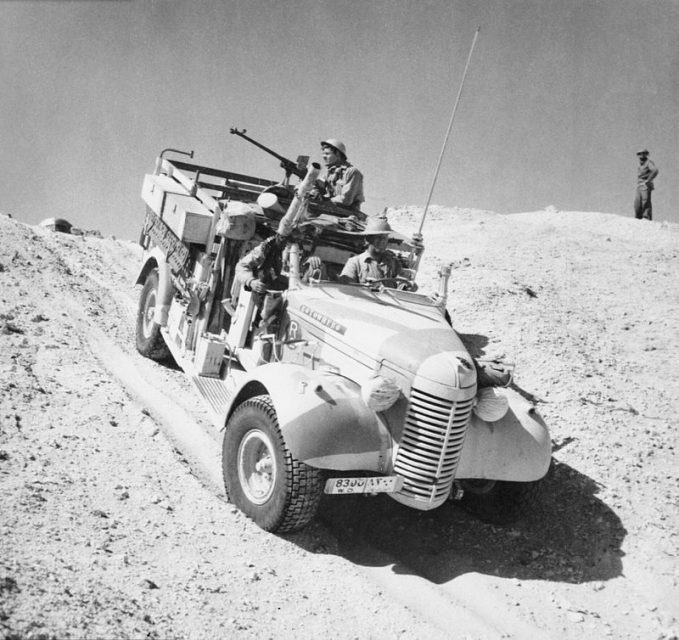
The SAS expanded as the war continued. In addition to British volunteers, the unit also took on Free French, Greeks, and later Belgians. When Stirling was captured in January 1943, Paddy Mayne took over and continued leading the unit to success.
https://youtu.be/eGFLLup-fvE
Later that year the unit was divided into the Special Raiding Squadron and the Special Boat Squadron, the predecessor to the Royal Navy’s Special Boat Service.
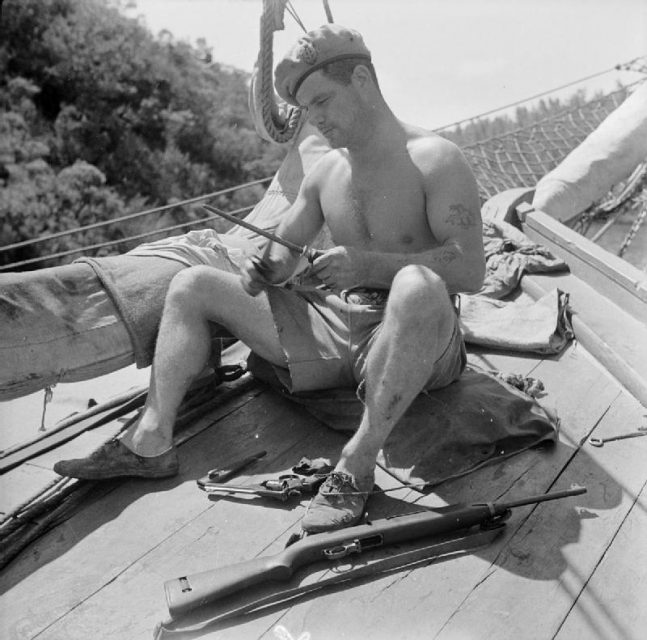
More SAS units were added as the fighting for North Africa and then Europe intensified. The SAS fought in Sicily and Italy and raided enemy bases on Mediterranean Islands. They also landed behind enemy lines in France, the Low Countries, and Germany to pave the way for Allied advances.
Hitler’s Commando Order of October 1942 meant that they faced execution if they were caught behind German lines. Over 60 SAS members suffered this fate but they remained committed to the unit and its work.
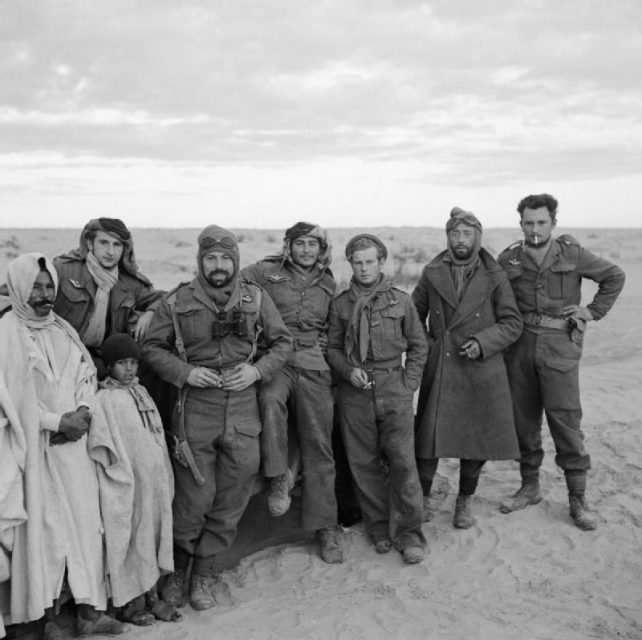
Final Mission
The SAS was most successful while in the Western Desert, but it continued participating in the conflict throughout the war and across a wide range of terrain. The SAS’ final mission of the war came in the summer of 1945 in Norway–as different a landscape as could be imagined from the arid plains of Tunisia. There, the SAS managed to disarm a German garrison days after the war had officially ended.
The SAS had vindicated Stirling and Auchinleck’s faith in them. But that would not be enough to save the unit.
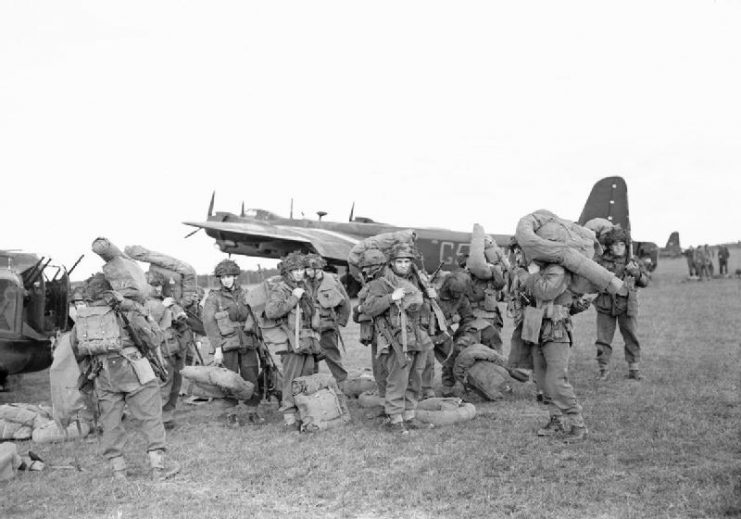
War’s End
With the Second World War at an end, the summer and autumn of 1945 saw massive cuts to Britain’s armed forces. Although relatively small, the SAS was not seen to be necessary for peacetime operations and was disbanded on October 8, 1945.
It was a deep disappointment for those who had seen what the SAS could achieve. Brigadier Mike Calvert, now the regiment’s commander, gathered opinions on future uses of the SAS, while a War Office study conducted the following year came to similar conclusions. It was deemed that there was a place for the SAS to carry out both conventional missions and irregular warfare.
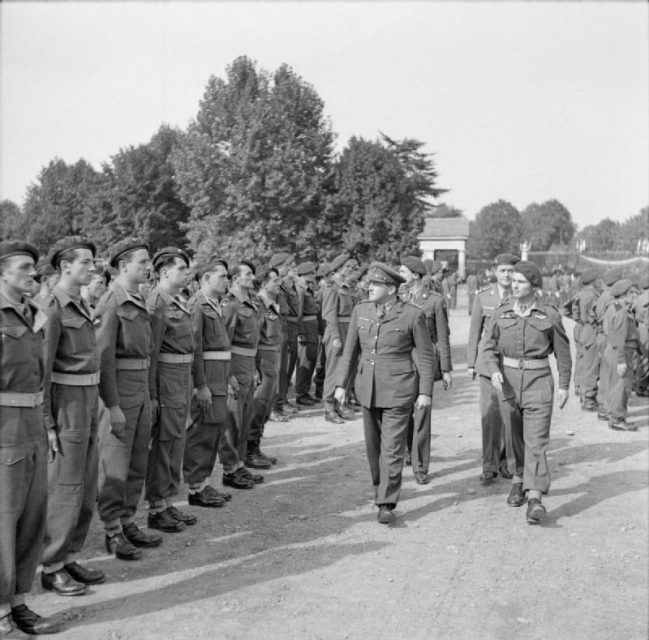
Read another story from us: In Your Dreams: Could You Make it Through SAS or Delta Force Training?
Yet while there was some desire for an SAS, there was little budget for it. The War Office subsequently turned the remnants of the regiment into a Territorial Army unit, part of Britain’s reserves.
It would be several years before the unit’s true value was recognized and it returned to full-time soldiering, but its proud record from the Second World War remained.
